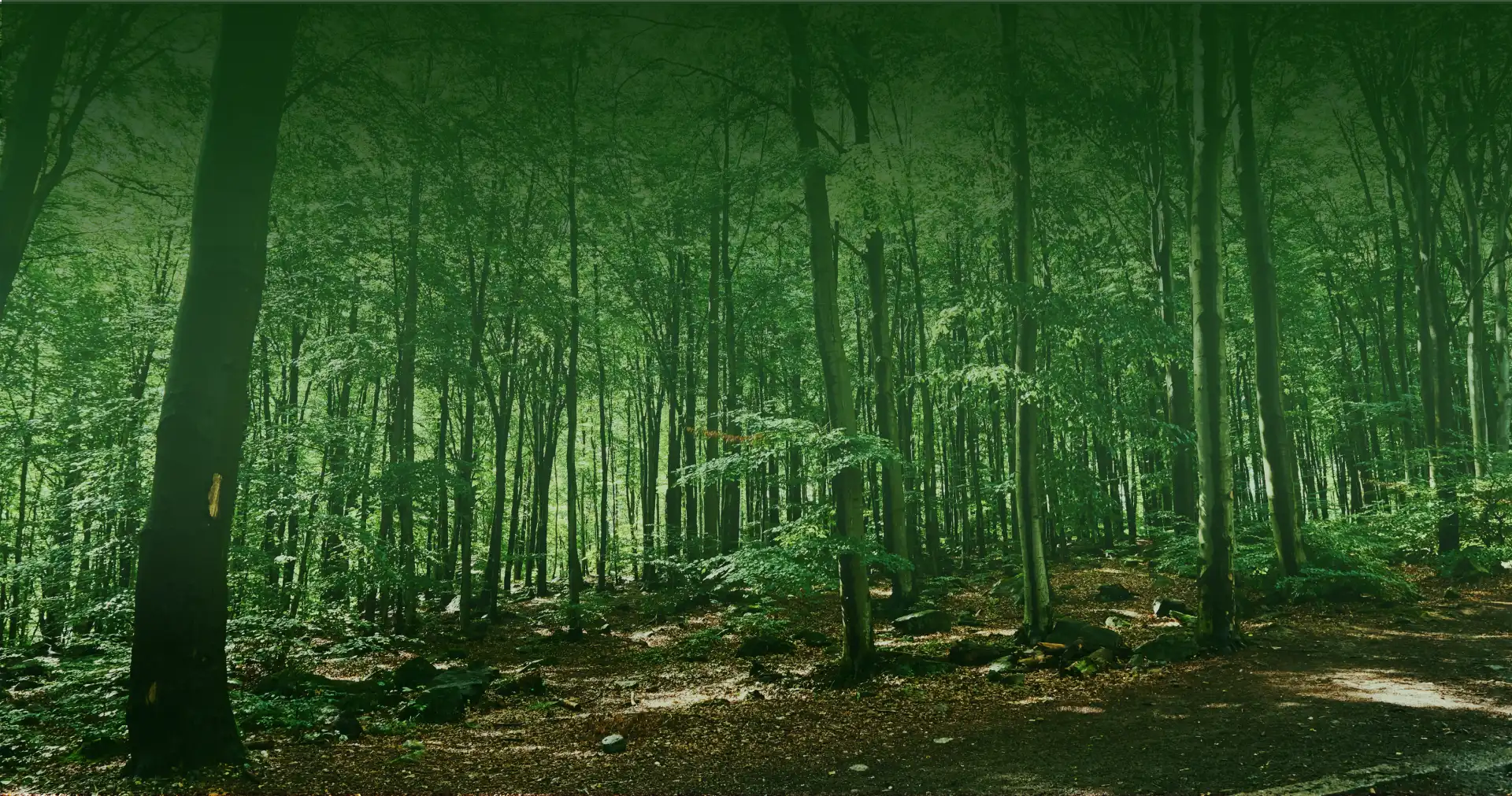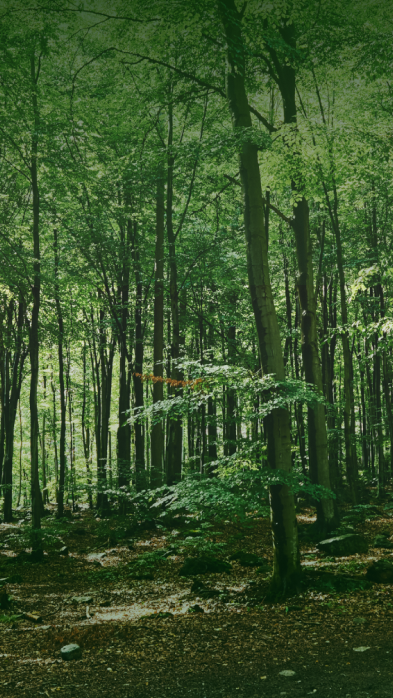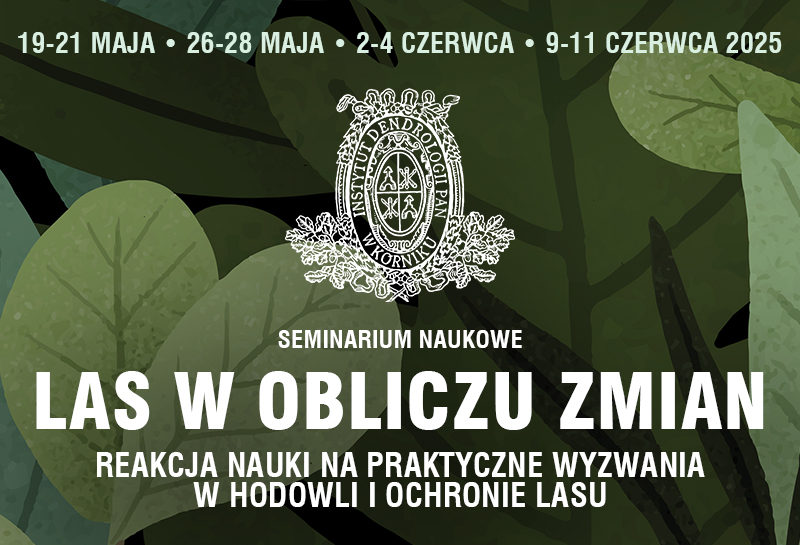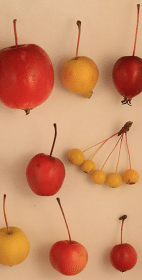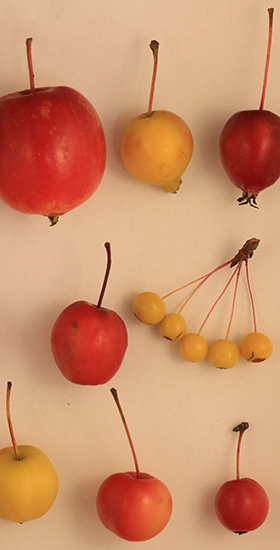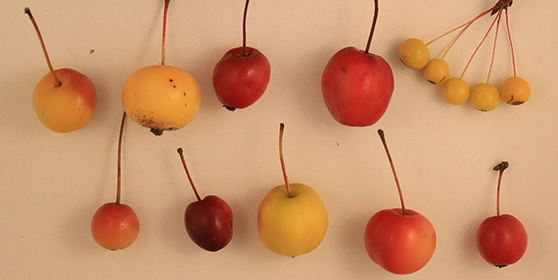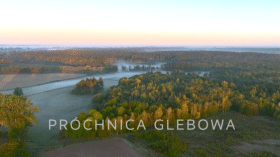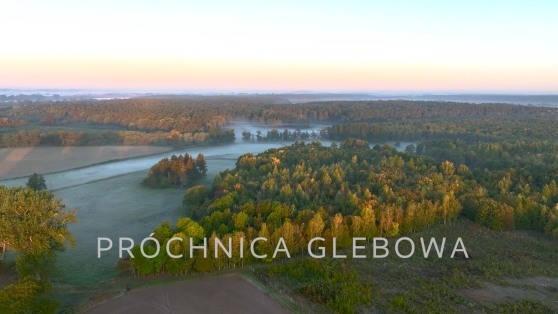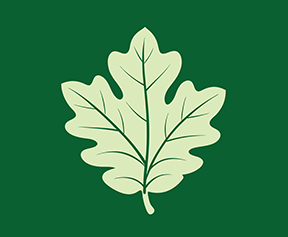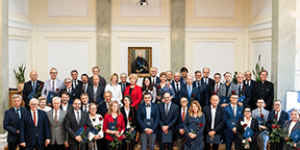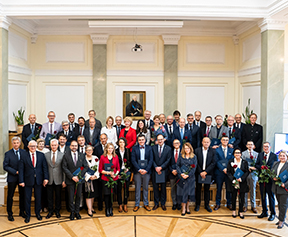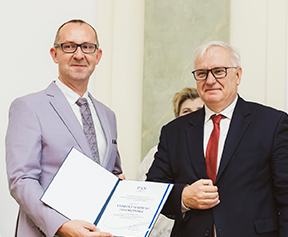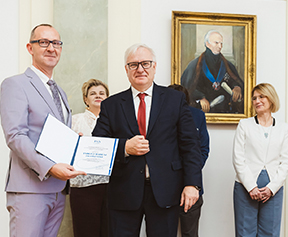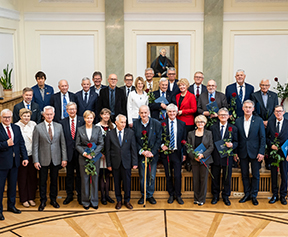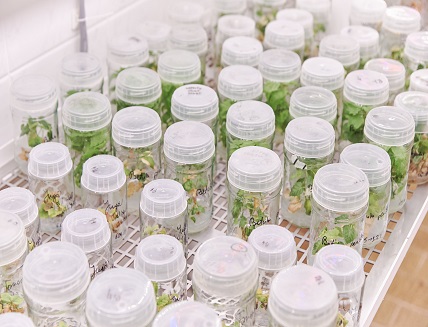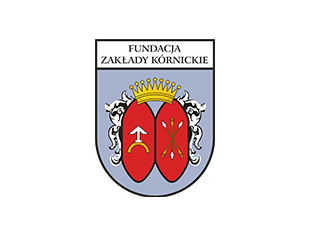Abstract:
Populus nigra L. is one of the rarest and most endangered tree species in Western and Central Europe. Its genetic diversity is of great importance in enabling a native riparian population to survive and reproduce under changing environmental conditions. The aim of this research was assessment of P. nigra viability in one of the best preserved riparian ecosystems in Europe, Special Nature Reserve “Gornje Podunavlje” (Upper Danube), Serbia. Additionally, the analysis of the genetic diversity was made to support the effective conservation in the future.
During our study, we have mapped 931 P. nigra trees, which were used for the assessment of present native population. Furthermore, we used 14 microsatellite markers to assess the genetic structure of this this population.
Viability assessment showed considerable occurrence of P. nigra in the research area, even though the results show fragmentation. P. nigra occurs mostly individually or in small groups of trees, and has a non-sustainable age structure due to insufficient or lacking regeneration. Despite the limited size of the studied population, the apparent overall genetic diversity was high (He = 0.759) and comparable to other known native populations of P. nigra along the Danube basin. However, the results also confirmed existence of recent bottleneck effect. Significantly positive and quite high Fis value (0.147) was noted, which may be ascribed to the “Wahlund effect” because of the population substructure that was revealed by the STRUCTURE analysis (K=2).
Although results say that coverage of native stands is not so promising, most of selected trees within our research assessed showed good viability with potential for natural reproduction However, the problem is that suitable areas for natural seedling establishment are scarce and with that gene flow is probably limited. The fragmentation of the area must be reduced and isolated stands must be interlinked as there is need to create larger non-fragmented areas.
Keywords: Black poplar, viability assessment, genetic diversity, SSR markers, SNR Upper Danube









